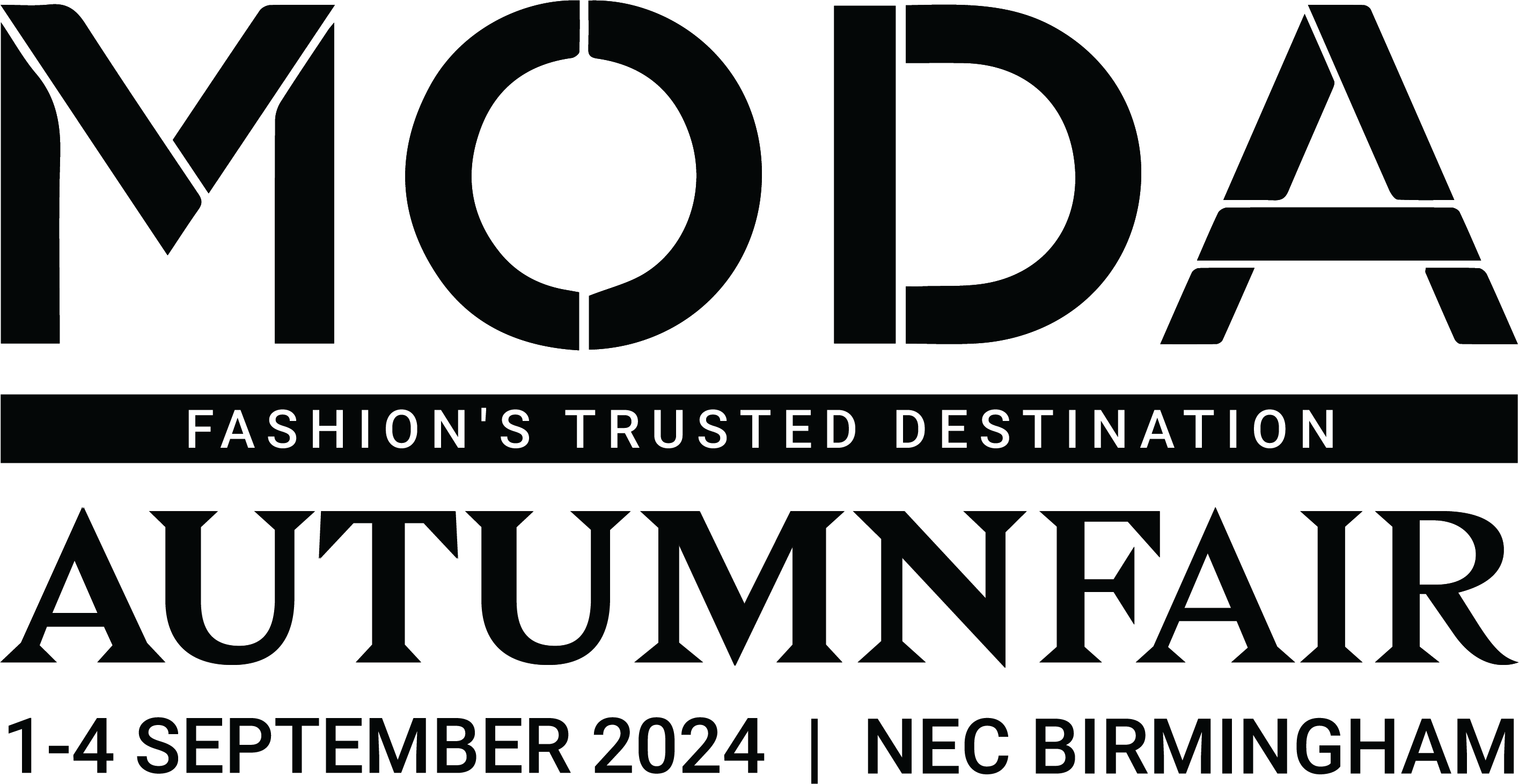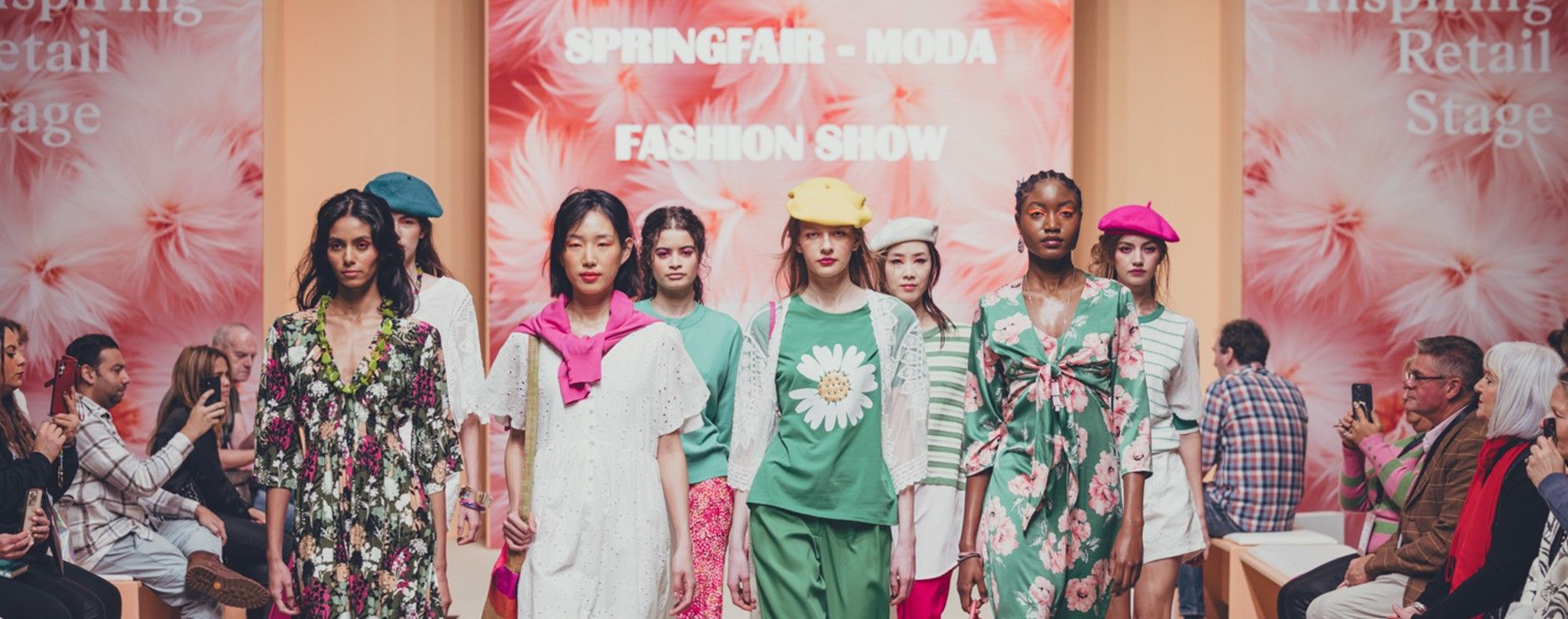Community building and connecting authentically online
)
With the lockdown leading us into a new normal in our work and personal lives alike, the need for authenticity has never been more important. As part of our Fashion Together virtual forum, Lauretta Roberts co-founder and editor-in-chief of TheIndustry.fashion led a panel discussing the digital revolution and the ways in which businesses have adapted their online communications to respond to the pandemic. Panellists included: fashion brand consultant Elizabeth Stiles; CEO of Hirestreet Isabella West; and Rebecca Morter, founder of Lone Design Club.
Maintaining audience relationships during the lockdown
During the lockdown, it was more important than ever for businesses to really understand how to talk to their customers and what their audiences actually wanted to hear; hard sales simply didn’t fly. As panellist Rebecca Morter of Lone Design Club tells the panel, “for us, content is king”.In fact, for rental fashion business Hirestreet, there was no product or service to sell in the first few months of lockdown. The company’s CEO, Isabella West, tells the panel, “for the first month of lockdown we had to adjust our warehousing solution and that meant we had to shut down our rental service. That was a hard message to manage because we didn’t have a product.” For Hirestreet, the solution was to listen to customers and deliver the content they were asking for, via a reinvigorated blog content strategy and lots of lifestyle content on social media.
For many of the brands consultant Elizabeth Stiles works with, the answer lay in brand values. During the lockdown, consumers had the time to reassess what they stand for, and subsequently, the brands they buy into. Many customers started to delve into smaller brands in lieu of the big names. And whilst there was a lot of nervousness from these smaller names, the pandemic allowed for a dialogue between brand and consumer to emerge, that enabled messaging to adapt in a sensitive way to the situation.
The art of storytelling
For founder of Lone Design Club Rebecca Morter, authenticity comes from storytelling. As a multi-brand retailer selling ethical and sustainable fashion brands, storytelling is a natural and necessary part of the process. As is the case with many conscious brands, many of Lone Design Club’s labels have inspiring and unique stories which add to their value.As the lockdown gradually lifts, the ways in which Lone Design Club have used these stories has changed. From engaging in brand interviews and sharing video content during the strictest period of lockdown, Lone Design Club have now merged their physical and digital offerings using intelligent window displays that showcase the products and include QR codes for passersby to scan and learn more about the brands and pieces.
As Elizabeth tells the panel, “I think people like to share the stories. If you can make people feel better about themselves, they’ll want to tell your story. People want to feel good about what they’re buying.” In other words, telling a story well is a sure-fire way to create advocacy and, most likely, brand loyalty.
The human element
Authenticity depends on the human or relatable element; a picture-perfect, polished piece of content will, more often than not, look staged and unnatural. For all of our panellists, including our moderator, the question of being the “face of the business” has come up in the bid for authenticity. And whilst this is sometimes the answer, it’s not a one-size-fits-all solution. As Isabella tells the panel, “I didn’t want to be the face of the business because our customers are the face of the business. Plus, if I’m doing the wrong thing and acting in the wrong way, it might be more damaging for the brand than helpful.”In fact, all of our panellists agreed that storytelling and human-to-human communication is the most powerful tool for creating an engaged and authentic voice, but it doesn’t have to come from a CEO, founder or one single person. In fact, for Lone Design Club, showing content involving the whole team behind the scenes has been much more effective and creates a feeling of community within their audiences.
During the lockdown, the content that has worked well is UGC, like ASOS’s “At Home” content and the unpolished, one-take nature of platforms like TikTok. Elizabeth uses the analogy of a physical shop to describe how brands should treat social media platforms, like Instagram. She says, “[your Instagram] grid is like the shop window, with beautiful displays, and your stories are the equivalent of someone walking through the shop door – how would you react to a customer if they walked into your shop in real life?”
Is authenticity inherent?
It might seem like you’re being authentic on a day-to-day level, but actually, true authenticity lies in the unplanned and unprecedented circumstances. Most businesses won’t have just one decision maker, for example. There are actually many stakeholders and external influences outside of the customer base who will have an idea of how they want the business to be perceived.For Hirestreet, this came in the form of press, who told Isabella the brand simply wasn’t exclusive or high end enough to be featured in their publications. By trying to adapt to fit this external standard, Isabella told the panel, the Hirestreet brand lost its way and confused customers. For Isabella, the lesson is to stay true to your brand vision and values even if it is difficult; “it’s hard not to be impacted by external perceptions, but our authenticity is something that has grown as our brand has grown.” For Hirestreet, authenticity is about allowing your customers to be clear about who you are, what you do and what you can offer them.
Honesty and transparency are also key when it comes to authenticity. Elizabeth says, “I think it’s authentic of Isabella to say she was being inauthentic.” In other words, it’s about being able to own up when things go wrong and be honest with customers about why it happened and how you’re fixing it. Elizabeth tells the panel, “you know you’re being authentic when you feel a bit outside your comfort zone.”
Where do influencers fit?
Of course, for a number of fashion brands, influencers are a key part of the marketing mix, but getting it right is easier said than done. Rebecca and Isabella both cite organic relationships with micro influencers, with smaller, more close-knit audiences, to be the most successful collaborations, but both brands have had mixed results in terms of success.When recruiting influencers Rebecca says the most important thing to consider is their values; “it’s very important that our values are aligned. We have a moral responsibility to educate consumers and work towards a sustainable future, so we need our influencers to have similar values.”
Elizabeth agrees, saying, “[they’ve] it’s got to have the same audience, values and a similar aesthetic. Try not to dictate too much to the influence what it is that you want them to create because then their content will feel forced.”
Missed the session? You can catch up on everything Lauretta, Elizabeth, Isabella and Rebecca had to say on demand at any time.
If you liked this article you might also like:






